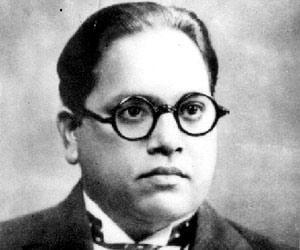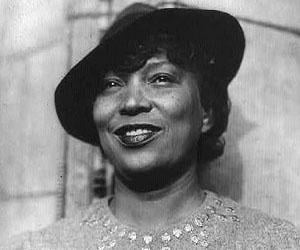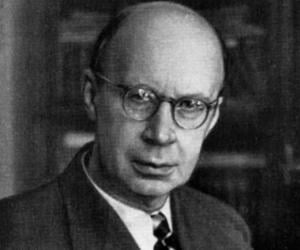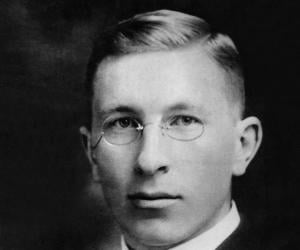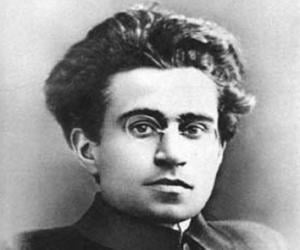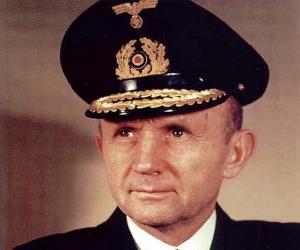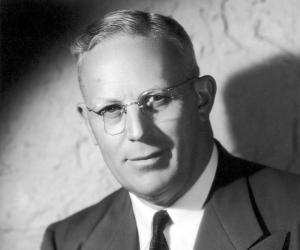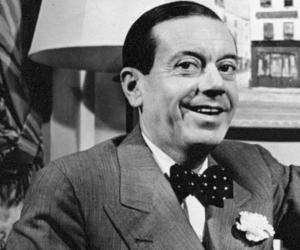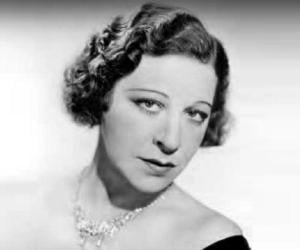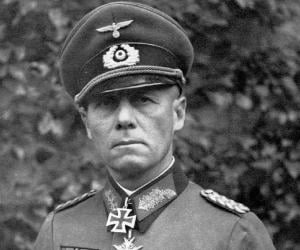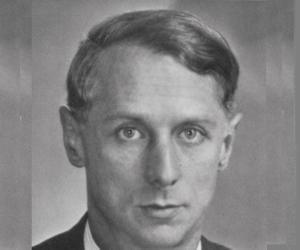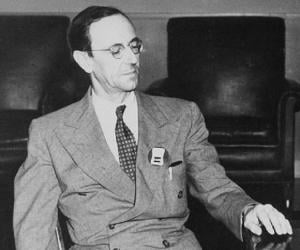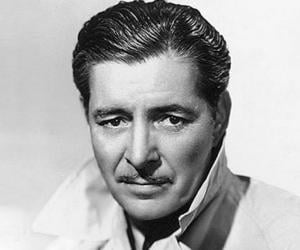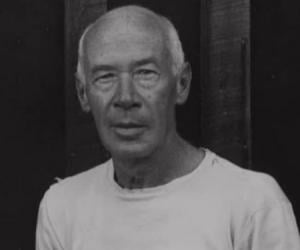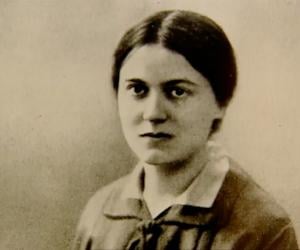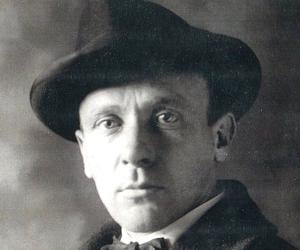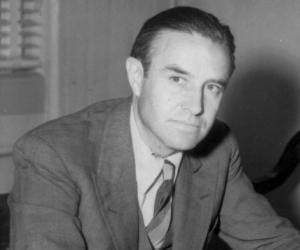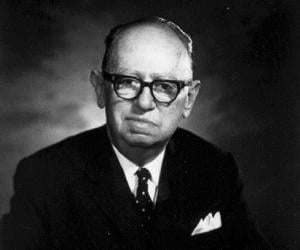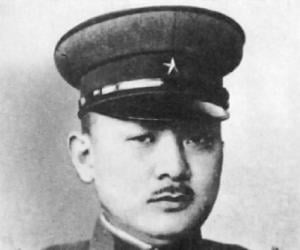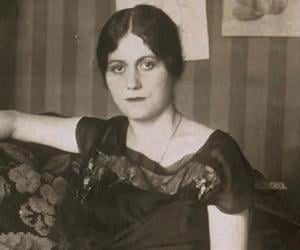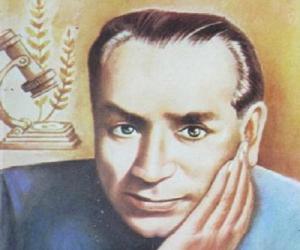India's first Minister of Law and Justice, B. R. Ambedkar inspired the Dalit Buddhist movement. He also fought against social discrimination prevalent in India at that time. Widely regarded as the chief architect of the Constitution of India, Ambedkar was posthumously honored with India's highest civilian award - The Bharat Ratna.
Zora Neale Hurston was an author, anthropologist, and filmmaker. As an African American woman, she often depicted racial issues in the films she made. Her works also reflected her struggles as a black woman. In her early career, she conducted anthropological and ethnographic research and focused more on writing and film-making in her later years.
Sergei Prokofiev was a Russian Soviet pianist, composer, and conductor. Renowned for creating masterpieces across various genres, Prokofiev is widely considered one of the 20th century's major composers. Many other composers like Arthur Honegger have called Prokofiev the greatest contemporary musician of all time. An open pianists' competition, which is held every year in Ukraine, is named after Sergei Prokofiev.
Frederick Banting was a Canadian medical scientist and physician. In 1923, Banting and Scottish biochemist John James Rickard Macleod received the Nobel Prize in Medicine for the discovery of insulin and its therapeutic potential. Aged 32 at that time, Banting remains the youngest Nobel laureate in physiology or medicine. He was knighted by King George V in 1934.
Antonio Gramsci was an Italian politician, journalist, philosopher, linguist, and writer. A founding member of the Communist Party of Italy, Gramsci went on to serve as the leader of the party before he was arrested by Benito Mussolini's Fascist regime. Since his death, Antonio Gramsci has been the subject of several plays and films.
Fanny Brice was an American singer, comedienne, and actress. She is credited with creating one of the most popular radio comedy series of her generation, The Baby Snooks Show. Fanny Brice was posthumously honored with two stars on the Hollywood Walk of Fame for her contributions to the radio and film industries. Her life inspired the 1964 musical, Funny Girl.
Known as The Desert Fox, Nazi field marshal Erwin Rommel led the Axis forces during World War II. For his plot to assassinate Hitler in 1944, he was given a choice to either commit suicide by consuming a cyanide pill or face a trial and execution. He chose the former.
Max Ernst was a German painter, graphic artist, sculptor, and poet. A pioneer of the Dada movement, Ernst played an important role in popularizing surrealism during the early-20th century. He is also credited with inventing a couple of techniques, namely frottage and grattage. In 2005, the Max Ernst Museum was opened in his honor in Brühl, Germany.
Best remembered as a Nobel laureate who discovered neutron, Sir James Chadwick began his career at Cavendish Laboratory, Cambridge, where he worked with Ernest Rutherford to investigate the nature of atomic nucleus, a work that led to the epoch-making discovery. Credited with writing the final draft of the MAUD Report, he also headed the British team at the Manhattan Project
Edith Stein was a German Jewish philosopher who studied at the University of Freiburg and completed her dissertation on empathy. Always interested in Catholicism, she read the autobiography of the mystic Teresa of Ávila and converted to Christianity, and became a Discalced Carmelite nun. She was killed in the Auschwitz concentration camp and is canonized as a martyr.
Mikhail Bulgakov was a Russian writer, playwright, and medical doctor best remembered for his work The Master and Margarita, a novel which has been acclaimed as one of the 20th century's masterpieces. Over the years, his works have inspired several other personalities, including Salman Rushdie and Mick Jagger.
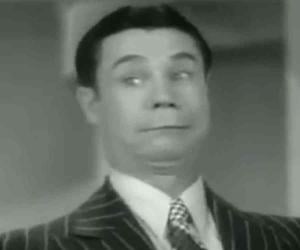
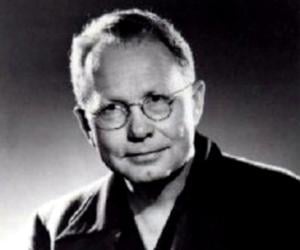
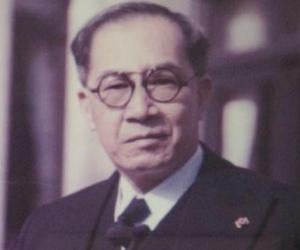
The 3rd president of the Philippines, José P. Laurel had also led the country as its Commissioner of Justice and Minister of the Interior. His rule as a president, though, was largely nominal, as the Philippines was occupied by Japan back then. Charged with treason multiple times, he managed to escape trials.
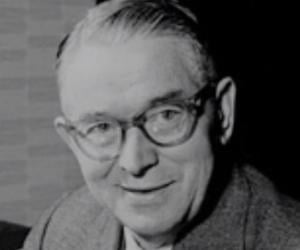
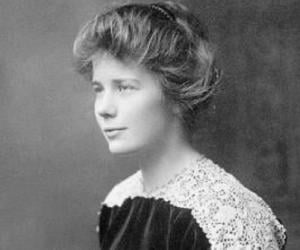
Ethel Roosevelt Derby was an American nurse best remembered as the youngest daughter of Theodore Roosevelt. Ethel played an important role in preserving the legacy of her family home and the legacy of her father for future generations. Ethel Roosevelt Derby also played a prominent role during the First World War, serving as a nurse in France.
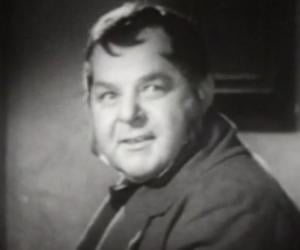
Gene Lockhart was a Canadian American actor, singer, playwright, and lyricist. Apart from acting, Lockhart also worked as a teacher at the Juilliard School of Music where he taught acting and stage technique. Two stars have been dedicated to Gene Lockhart on the Hollywood Walk of Fame for his contributions to films and TV.
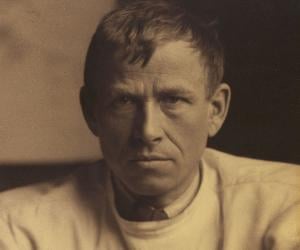
German painter, engraver and printmaker Otto Dix, counted among the most significant artists of Neue Sachlichkeit, is noted for his harsh and brutal depictions of war and severe situation of German society during the Weimar Republic. Some of his paintings, exhibited in Otto Dix House, which showcases materials on his life and work, include Selbstbildnis als Rauchern and Meine Freundin Elis.
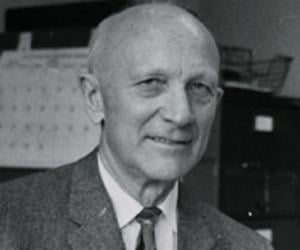
Neuroscientist Wilder Penfield redefined medical science with his innovative way of treating epilepsy patients through surgery. He would note down his patients’ responses when they would be conscious under local anesthesia. He also founded the Montreal Neurological Institute, but was unable to cure his sister’s brain cancer.
Tadamichi Kuribayashi was a Japanese general who served in the Imperial Japanese Army. He played an important role in the battle of Iwo Jima where he served as the overall commander of the Japanese garrison. The battle of Iwo Jima inspired the 2006 Japanese-language American war film Letters from Iwo Jima where Tadamichi Kuribayashi was played by actor Ken Watanabe.
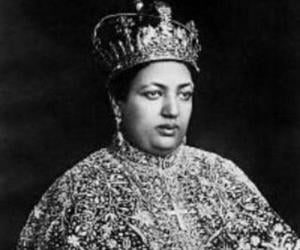
Menen Asfaw ruled as an empress consort of Ethiopia, as the wife of Emperor Haile Selassie. Born into the noble family of Asfaw, Jantirar of Ambassel, she apparently had 3 marriages before she got married to Haile Selassie. She proved to be a trusted advisor to Selassie till her death.
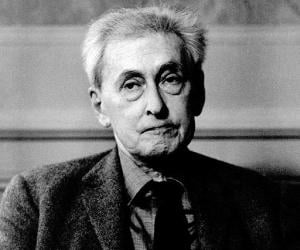
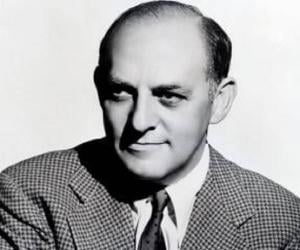
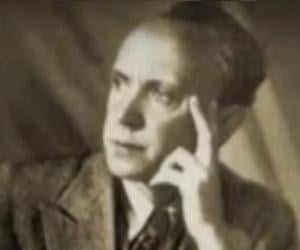
Starting his career with the Moscow Art Theatre in Russia, actor Michael Chekhova later moved to the US, making a successful career in Hollywood. His role of Dr. Alex in Spellbound earned him an Academy Award nomination. He also had his own drama studio, where he taught acting by mingling movement and imagination.
Olga Khokhlova was a Ukrainian ballet dancer. She also served as one of Pablo Picasso's early artistic muses before marrying him in 1918. Olga met Picasso at the Théâtre du Châtelet in Paris where the latter had designed the set and costumes for a ballet titled Parade, in which Olga performed. She left her ballet group after meeting Pablo Picasso.
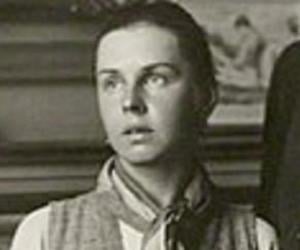
Apart from being a renowned Russian ballerina, Lydia Lopokova was also the wife of well-known economist John Maynard Keynes and was thus known as Lady Keynes. She toured across Europe and America and appeared in plays such as The Lady of the Slipper and Age of Reason.
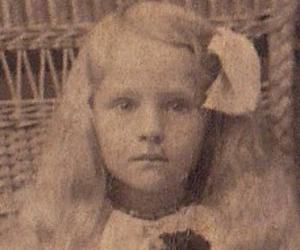
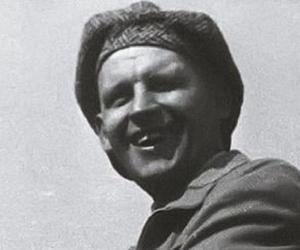
Remembered as one of the founders of the avant-garde movement named Russian constructivism, Alexander Rodchenko has experimented with photography, paintings, posters, photomontage, and sculpture. Most of his works have political overtones. He was a prominent member of the October Group and was geared toward making art for the working classes.
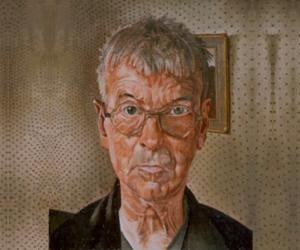
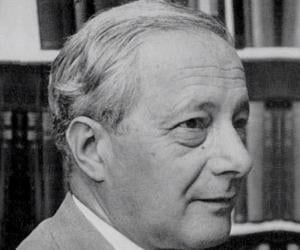
Hungarian-British polymath Michael Polanyi contributed to a wide range of subjects, such as chemistry, philosophy, and economics, and also had a medical diploma. He is best remembered for his research on the adsorption of gases but moved away from chemistry after fleeing to England ro escape the Nazi regime.
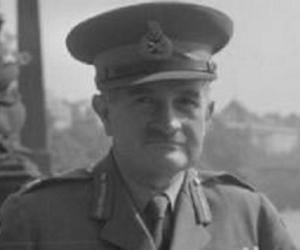
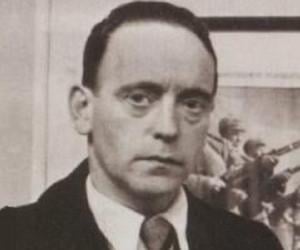
John Heartfield was a German visual artist. He is credited to have pioneered the use of art as a political weapon. He used photomontages to satirize Adolf Hitler and depict his anti-Nazi and anti-fascist sentiments. He studied at the Royal Bavarian Arts and Crafts School and went on to launch a publishing house, Malik-Verlag, with his brother.
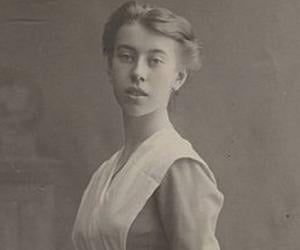
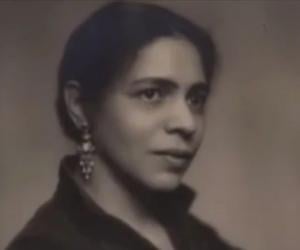
Nella Larsen was an American novelist who also worked as a librarian and nurse. Among her literary work were her novels, Quicksand and Passing; the latter was adapted into a film of the same name in 2021. Larsen's work has gained renewed interest since the 20th century. Today, she is recognized as the most important novelist of the Harlem Renaissance.
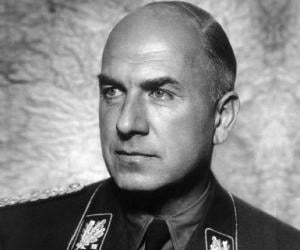
Fritz Todt was a German civil engineer and architect. A senior Nazi, Todt oversaw the construction of Reichsautobahnen, a controlled-access highway, and also served as the Reich Minister for Armaments and Ammunition. Before the start of the Second World War, Todt initiated a military-engineering company called Organisation Todt that oversaw the construction of many Nazi concentration camps.
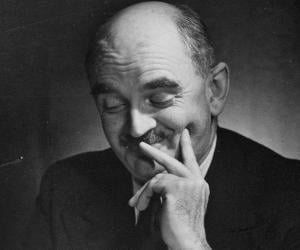
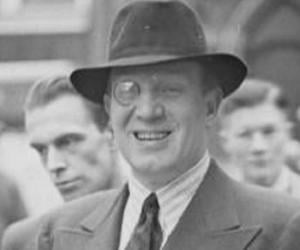
Richard Tauber was an Austrian tenor and film actor. The son of an actress, he often toured with his mother and developed a love for the theater. He also enjoyed singing and studied at the Hoch Conservatory in Frankfurt. He went on to become a tenor and an actor and also conducted at the Theater an der Wien.
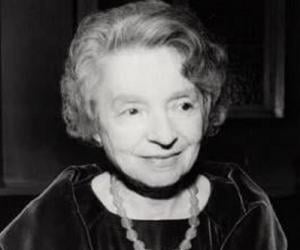
Nelly Leonie Sachs, internationally noted German-Swedish poet and dramatist, wrote conventional romantic poems until the rise of Nazism brought about a drastic change in her life. Forced to flee to Sweden, she began writing about the grief and yearnings of her fellow Jews, concurrently translating German works into Swedish and vice-versa. She won the Nobel Prize in Literature in 1966.
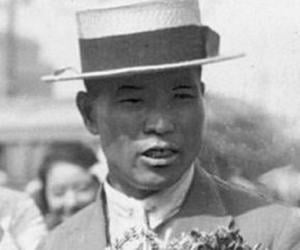
Birbal Sahni was a pioneer of palaeobotanical research in India. The founder of the Birbal Sahni Institute of Palaeobotany, he also taught botany at BHU and Lucknow University. He was also interested in music and tennis, and loved collecting coins. He was a Fellow of The Royal Society, too.
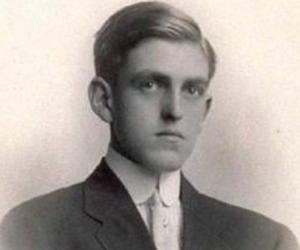

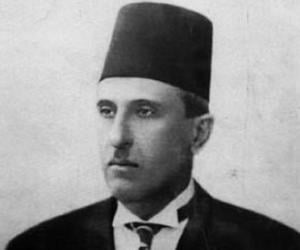
Shukri al-Quwatli was not just the 8th president of Syria but also its first president post-independence. He was part of the National Bloc and also led the Syrian anti-colonialist movement. He was overthrown by a coup, imprisoned, and exiled. Re-elected later, he was merely a nominal head.
